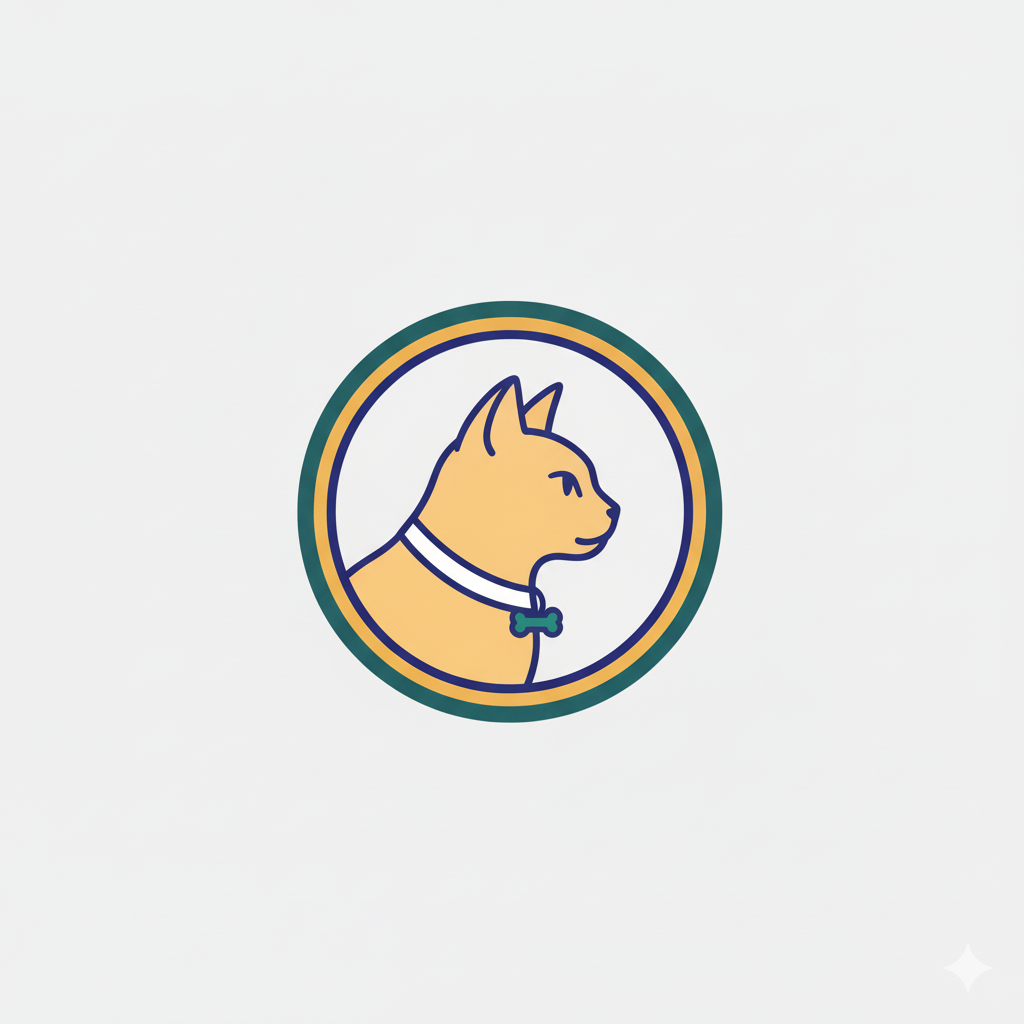Impact of Urban Expansion on UK Wildlife
Urban development effects significantly disrupt natural habitats, causing severe consequences for wildlife in the UK. As cities and towns expand, green spaces shrink, fragmenting ecosystems and isolating species populations. This habitat loss leads to biodiversity loss, placing immense pressure on vulnerable species.
Studies show that almost 50% of the UK’s wildlife habitats have been adversely affected by urban growth in recent decades. Urban development effects include increased pollution, noise, and light, which further stress animals and disrupt natural behaviors. For example, hedgehogs and bats—species already declining—face new challenges due to habitat fragmentation and reduced food availability.
Biodiversity loss in urbanising areas is particularly pronounced in wetlands and woodlands, where specialized species find it difficult to survive amid ongoing construction and infrastructure projects. The combined threats of urban expansion force many animals into smaller pockets of habitat, increasing competition and reducing genetic diversity.
Understanding these impacts is crucial for creating urban planning policies that balance human needs with wildlife conservation. Strategies like maintaining green corridors and safeguarding vital habitats can help mitigate urban development effects and protect the UK’s precious biodiversity.
Conservation Strategies to Support UK Wildlife
Effective wildlife conservation in the UK increasingly relies on creating and maintaining habitat corridors. These corridors connect fragmented green spaces, allowing animals to move safely and access resources essential for survival. Without such corridors, populations can become isolated, reducing genetic diversity and resilience.
In urban environments, green infrastructure like green roofs, urban parks, and wildflower meadows play a pivotal role in supporting biodiversity. These spaces provide nesting sites, food sources, and shelter for various species, helping to offset habitat loss caused by development. For example, green roofs can serve as stepping stones for pollinators navigating cities.
Sustainable urban planning integrates these concepts to minimize impacts on wildlife. By designing developments around existing natural areas and incorporating features such as buffer zones and native vegetation, planners can reduce habitat degradation. This approach balances growth with ecological needs, promoting healthier ecosystems alongside human communities.
Together, habitat corridors, green infrastructure, and thoughtful urban planning form a comprehensive toolkit for conserving UK wildlife amid increasing environmental pressures.
UK Policies and Legal Frameworks Protecting Wildlife
In the UK, conservation policy plays a crucial role in protecting wildlife from the impacts of urban development. Key wildlife legislation such as the Wildlife and Countryside Act 1981 establishes protections for native species and their habitats. This act makes it illegal to harm certain protected species and requires careful consideration during development projects.
Urban planning regulations complement these laws by mandating environmental impact assessments before construction can proceed. These assessments ensure that developments comply with conservation policy UK standards, minimizing harm to biodiversity.
Government bodies collaborate closely with NGOs and local authorities to enforce wildlife legislation effectively. For example, case studies in urban areas show how multi-agency efforts have preserved green corridors and safeguarded endangered species. Such cooperation helps integrate wildlife conservation into city planning.
Overall, the UK’s legal frameworks and conservation policy UK initiatives create a robust system that balances development needs with wildlife protection—demonstrating how effective legislation and collaboration can sustain biodiversity even as urban areas expand.
Practical Solutions for Communities and Developers
Balancing development with environmental concerns is essential. Community action plays a pivotal role, encouraging local residents to participate in conservation initiatives and monitoring programmes. These efforts empower communities to protect local habitats and promote biodiversity.
For developers, adopting wildlife-friendly design is not only responsible but increasingly supported through incentives and guidelines. These measures motivate builders to integrate native vegetation, create green corridors, and use materials that minimize harm to wildlife. Such practices contribute significantly to sustainable development, ensuring that new structures coexist harmoniously with surrounding ecosystems.
Partnerships between communities, developers, and wildlife organizations further strengthen conservation outcomes. Collaborations can deliver education, resources, and expertise, aiding in the creation of projects that benefit both people and native species. These cooperative efforts help reinforce the importance of preserving biodiversity while meeting human needs.
By combining community action, developer incentives, and strategic partnerships, practical solutions emerge that effectively support environmental preservation in tandem with progress. This approach fosters a more sustainable and wildlife-friendly future for all stakeholders involved.
Expert Opinions and Essential Resources
Insights from expert commentary play a crucial role in understanding urban wildlife protection. Leading UK ecologists emphasize the importance of green corridors in cities, which allow wildlife to thrive amidst urban development. Urban planners recommend integrating biodiversity-friendly designs to balance growth with habitat conservation. Conservationists highlight community involvement as vital for sustainable urban ecosystems.
For those seeking reliable conservation resources UK-based options offer extensive support. These resources include guides on creating wildlife-friendly gardens and practical tips to mitigate urban challenges faced by native species. Utilizing these conservation resources UK stakeholders can enhance local biodiversity efforts efficiently.
Trusted wildlife organizations in the UK work tirelessly to protect urban fauna and flora. Notable groups such as the Wildlife Trusts provide valuable educational materials and volunteer opportunities to engage the public. The Royal Society for the Protection of Birds (RSPB) also offers expert advice on safeguarding bird populations within cities. Connecting with these key UK organizations dedicated to urban wildlife protection ensures access to trustworthy guidance and fosters community-led conservation success.
